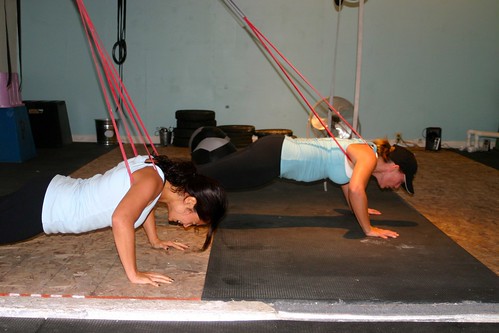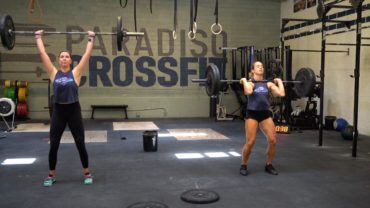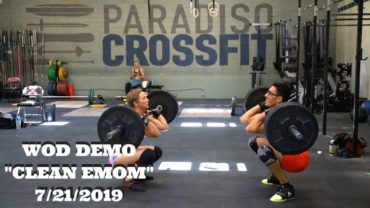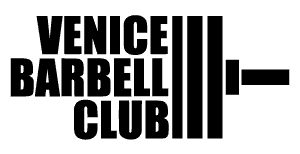Ghosts of Injuries past
“Tabata Something Else“
Complete 32 intervals of 20 seconds of work followed by ten seconds of rest where the first 8 intervals are pull-ups, the second 8 are push-ups, the third 8 intervals are sit-ups, and finally, the last 8 intervals are squats.
There is no rest between exercises.
Post total reps from all 32 intervals to comments.
When I was in high school, I began to develop a back pain that eventually developed into a pain so severe that I could barely walk. The hardest part about it was that it was invisible to everyone else.
I just looked like a gimp that was probably over exaggerating the severity of the pain. They did test after test on me, slipped disc, broken vertebrae, pinched nerve, they weren’t sure what was causing it. The answer ended up being the simplest of solutions. My back was weak. Most likely resulting from poor posture and lack of use, my lower spine had no support structure, allowing pressure to be put on my spine.
After a couple months with a physical therapist, the pain subsided, but the damage was done. My back has had issues ever since. This is just one of many injuries my body has had to endure over the years, including a beating to the right side of my body (hip, wrist, shoulder). I am not alone, and for many, the solution to the continued pain from these injuries may sound counter-intuitive. You guessed it…constantly varied functional movements executed at high intensity! It is best to train through and around your current and/or old injuries. Sounds crazy I know, but its true. Bad back? Perhaps deadlifts will help. Bad knees, maybe squats are the answer. I was just telling someone with a bad back, there are advantages, in that you are forced to learn good technique! Remember to be smart and trust your body along the way, just don’t give up.
- Continuing to work out reinforces tissue and keeps systems intact.
The metabolic and anabolic cascade and neurendocrine response lead to increased growth hormone, increased testosterone and increased insulin growth factors. These are all good things.
- When it comes to fitness, it’s a case of use it or lose it. Workouts should be modified, not abandoned. Do a workout on one leg, if necessary. Or consider Tabata intervals on day one of the recovery program, and let the intensity find you.
- Working out increases blood flow and promotes healing. It drives insulin sensitivity, restores proteins and gets the whole system looking for anabolic enzymes.
- The recovery phase from an acute injury is also a great time to tackle the stuff you hate to do, but need to do.
















